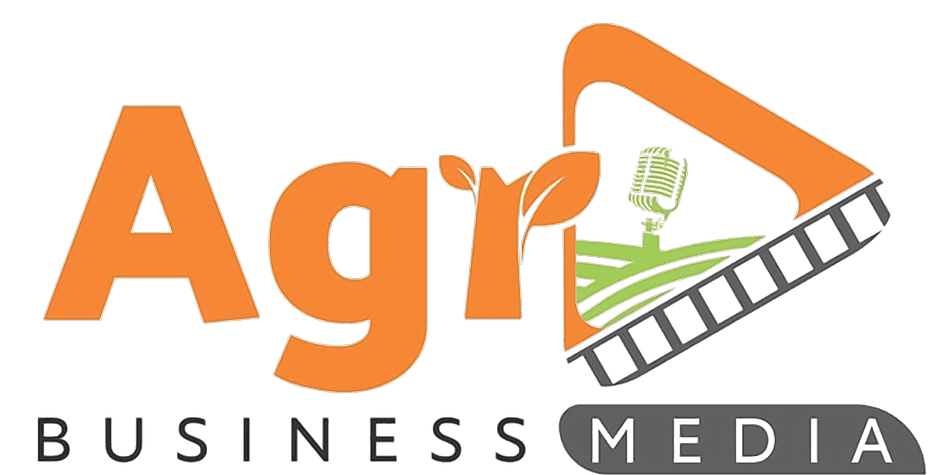When calves are weaned, they face a critical period of adjustment. Weaning marks the end of milk consumption and often involves separation from the dam. This sudden change in diet and loss of maternal security can lead to post-weaning stress, affecting the calf's growth, health, and productivity. Here’s how farmers can minimize stress and ensure calves develop into strong, productive animals.
Why is Weaning Stressful?
At birth, a calf’s digestive system is not fully developed to process roughage. Cattle have four stomach compartments, but the abomasum (true stomach) dominates early life, accounting for over 80% of total stomach capacity. As the calf grows, the rumen (fermentation stomach) gradually develops, enabling it to digest grass and other roughages effectively.
Table: Development of the Rumen and Abomasum
| Age | Rumen (%) | Abomasum (%) |
|---|---|---|
| At birth | 16% | 84% |
| 2 months | 25% | 75% |
| 4 months | 50% | 50% |
| 8 months | 75% | 25% |
| 10 months | 84% | 16% |
| Adult | 90-95% | 5-10% |
During weaning, the rumen is not yet fully functional, and calves struggle to digest pasture efficiently. When combined with other stressors—poor grazing conditions, dry seasons, or internal parasites—this can result in severe growth delays or stunting.
Signs of Post-Weaning Stress and Stunting
- Rough, long coat
- Poor growth and low energy
- Small size despite age
- Delayed rumen development
- Internal organ underdevelopment (lungs, heart, liver, kidneys)
Severely stunted animals not only remain small but lose their productivity potential for life. Even if conditions improve later, internal damage caused by inadequate nutrition during this phase cannot be reversed.
How to Reduce Post-Weaning Stress
1. Introduce Lead Animals
Placing calves with yearlings or non-service bulls (lead animals) can help them feel secure. These animals often access good pasture and guide calves in foraging habits.
2. Provide Supplementary Feeding
To ease the transition from milk to roughage:
- Gradually introduce supplementary feeds like concentrates.
- Start supplementation before weaning to help calves adjust.
- Ensure feed is nutritious, especially during dry seasons when pasture quality is poor.
3. Inoculate the Rumen with Bacteria
A traditional yet effective method involves introducing healthy rumen bacteria to struggling calves:
- Take cud from a healthy, mature cow.
- Feed the cud to the calf to stimulate rumen development.
This technique has been observed to promote compensatory growth, helping calves recover quickly and thrive.
4. Manage Internal Parasites
Internal parasites weaken young calves, reducing their appetite and ability to digest feed. Effective deworming and parasite management are essential to prevent further stress and damage.
5. Make Critical Decisions Early
If feed resources are scarce, farmers may need to:
- Sell young animals early to avoid losses.
- Provide concentrates to prevent irreversible stunting.
- As a last resort, consider culling.
A Farmer’s Story: Helping a Calf Become a Ruminant
One farmer noticed a calf with poor growth and a rough coat—clear signs of post-weaning stress. He fed the calf cud taken from a healthy cow. Within two weeks, the calf began improving, and after six weeks, it showed compensatory growth, becoming indistinguishable from its peers. This simple method successfully inoculated the calf’s rumen with the necessary bacteria for digestion.
Conclusion
Post-weaning stress is a significant challenge, but with the right management, farmers can help calves transition smoothly. Early intervention through supplementary feeding, parasite control, and traditional practices like rumen inoculation can prevent stunting and ensure calves grow into healthy, productive animals. Paying careful attention to the needs of these young animals is not just good practice—it’s critical for the long-term success of any livestock operation.

